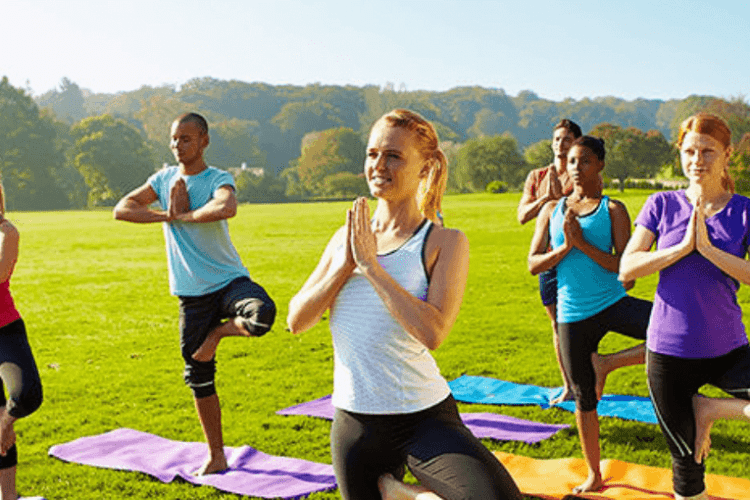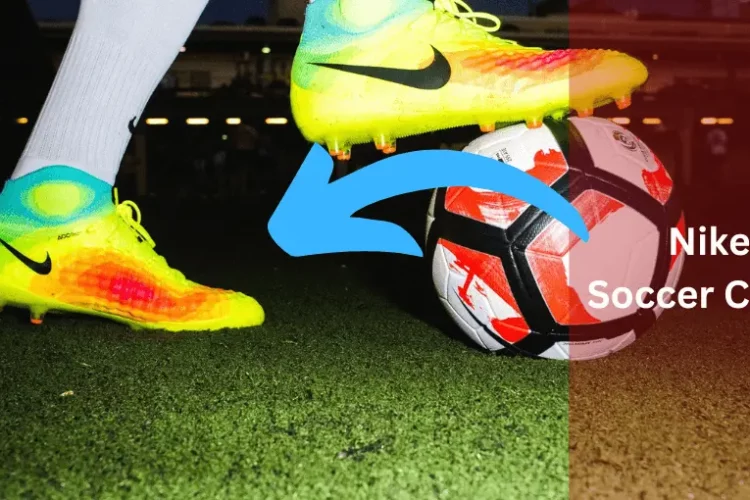How to Buy Soccer Cleats: A Comprehensive Buying Guide
Soccer cleats are essential for your safety on the field. Without the right cleats, you risk your footwear holding you back and possibly causing recurrent injuries.
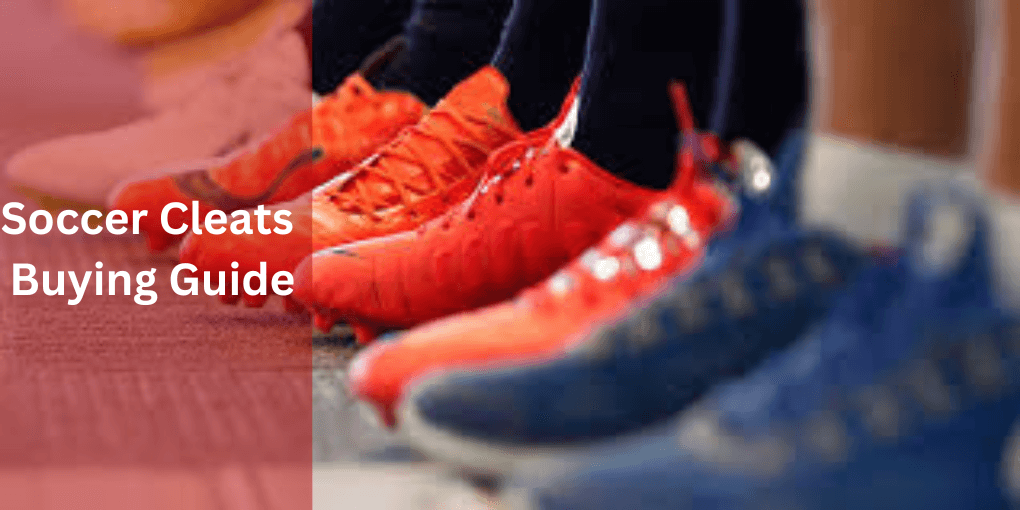
Knowing how to buy soccer cleats can have a significant impact on your game.
This soccer cleats buying guide will tell you the most important things to consider when choosing the best soccer cleats.
In my (I’m Reko) journey, I have used lots of cleats to play. From there, I can suggest you select the perfect soccer cleats:
- first, determine the type of field you will be playing on
- Next, consider cleats that are appropriate for your playing style
- Then, restrict your search by selecting cleats for your position
- Finally, choose cleats that are one size smaller than your shoe size
What Do You Mean By Soccer Cleats?
Soccer cleats are the shoes players wear while participating in a soccer game.
Soccer shoes resemble other types of footwear with the addition of little protrusions known as studs or cleats on the bottom of the shoe.
These cleats offer the player,
- Traction as they go over the field
- To protect the foot
- Help to better dribble
- Enhance the power of shooting
Important of Soccer Cleats
The appropriate soccer shoes can help you become a better player by increasing your ground grip and ball control.
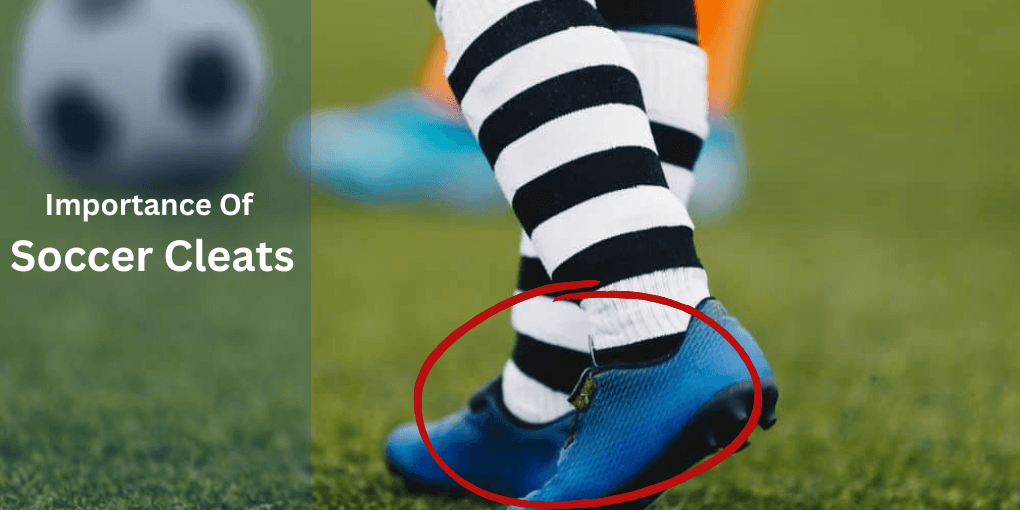
Soccer shoes are lightweight and designed to facilitate running on a variety of surfaces.
A suitable fit is essential for handling the ball and protecting your feet while playing.
So, let’s explore the importance of Soccer Cleats.
Traction
Soccer shoes’ primary function is to give you traction as you run.
Cleats are often used for this, with the exception of indoor soccer shoes, which have textured rubber bottoms.
Style
Low-profile footwear, such as soccer shoes, have uppers with low ankle cuffs.
Soccer players must be agile and adept at changing directions.
Ankle movement is unrestricted because of the low profile.
Ball Control
Soccer players need to be able to touch the ball with their feet so they can control it without having to look at it.
The typical material for soccer shoes is soft leather or synthetic leather.
The ball can be felt by the players on all sides of their feet because of the thin seams that shield the feet from impact with other cleats.
Comfort
While you’re playing, it’s essential that your shoes fit comfortably.
Shoes that are too big can cause uncomfortable blisters, while shoes that are too small can restrict your toe movement.
Before trying on shoes, put on some thick soccer socks to ensure the greatest fit.
Why Soccer Players Wear Cleats
The most critical question to answer first is why players wear cleats. I’ve spent a lot of time in outdoors on grassy fields in my life.
It’s pouring rain, the ground is soggy and muddy, and if you quickly shift direction, it’s nearly impossible to keep on your feet. The reasons for wearing the cleats are described below:
- If you don’t want to land with your face in the mud, a tight grip between your feet and the ground is crucial!
- The ground may frequently be slick and dry from a lack of rain, occasionally hard from a frost, or occasionally all three.
- On the bottom of a shoe, cleats are tiny protrusions. Therefore, a player wears cleats to gain traction while playing.
- Soccer cleats are made to keep a player’s foot from slipping as they move across the ground in any circumstance.
What to Consider to Buying Soccer Cleats?
American soccer player Alex Morgan said, “Comfort and fit are crucial. I look for cleats that offer a good balance between agility and support. The right traction on the field is essential for performance and preventing injuries.“
So a perfect pair of cleats is very important for a match-winning performance. Let’s get some information about how to buy soccer cleats.
1. Select the upper material
The material chosen for the shoe upper has an impact on the soccer cleats’ toughness, wearability, and comfort.
Synthetic Leather: It is frequently utilized in models of inexpensive cleats.
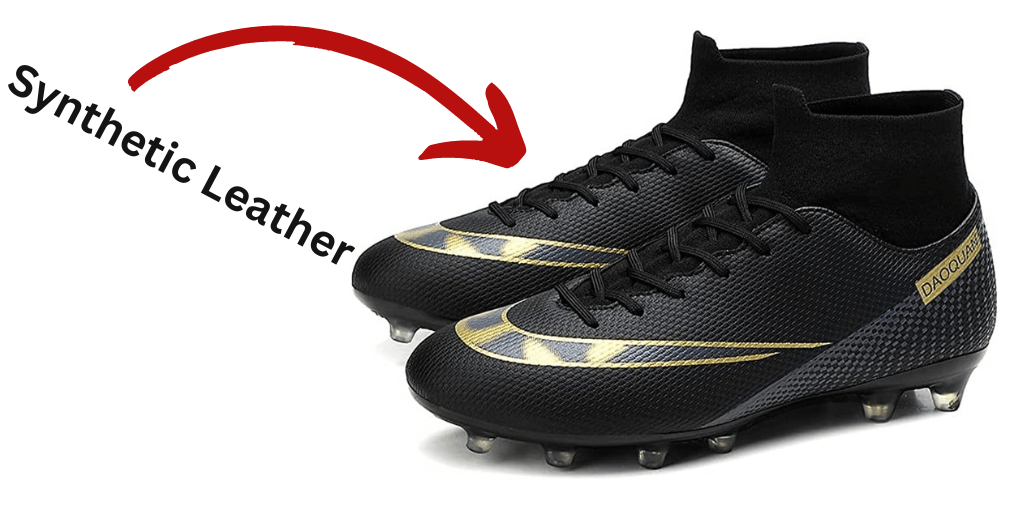
Although in many aspects they fall short of genuine leather boots, there is still a sizable market for them, particularly among young soccer players.
Synthetic leather is exceptionally strong, resilient to deformation, long-lasting, and waterproof.
Polyurethane: It is a useful synthetic polymer that is very lightweight. It is a durable, frost-proof, and reasonably priced substance.
Polyurethane cleats do not soak, but they “do not breathe” since they do not allow air to enter, like any synthetic footwear.
Flyknit: Nike created this functional and comfy material, which is utilized to make cleats and sneakers. The design resembles a piece of hand-knit fabric.
Where there is strong pressure, the material density is higher, and where there is light pressure and it is crucial to ventilate the foot, the material density is lower.
Natural leather: Any type of leather shoe is preferable to synthetic footwear and will cost more money. This is an option for professional soccer players.
Any natural leather is breathable, therefore the feet do not sweat when wearing the shoes.
Leather shoes with good flexibility immediately adapt to the shape of your foot.
Of course, natural leather fades faster and soaks more than synthetic leather, so wearing leather cleats on a damp field is uncomfortable.
2. The surface where you will play
Your choice of soccer shoes will mostly depend on the type of playing surface you’ll be using. The type of cleats required depends on the surface.
A lot of ankle problems and restricted mobility might occur from wearing the incorrect ones.
Hard Ground (HG): If the ground is uneven or has hard dirt patches, you need footwear that performs well in those conditions.
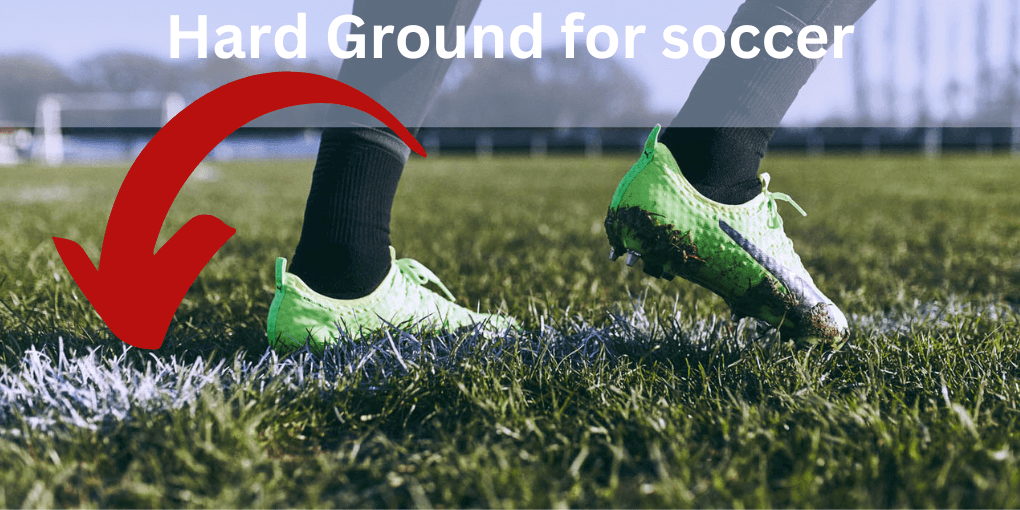
a sneaker with conical studs that is low-profile. These shoes sit atop the field as opposed to digging into it.
Soft Ground (SG): Cleats for soft-surfaced natural lawns when playing.
For optimal traction on the playing surface, the sole contains molded or detachable studs.
Soft ground cleats normally have 2 studs under the heel and 4 in the front.
Specifically, goalkeepers and defenders enjoy using these. Goalkeepers wear these shoes because they require excellent traction on every surface.
Firm Ground (FG): Cleats for use on natural grass (dense, slightly damp, hard ground that rarely turns to mud).
They often include ten to fifteen conical or bladed studs, which distribute the weight evenly across the entire foot to give grip and comfort.
The FG cleats are made for quick movements and are regarded as flexible by experts.
Artificial Grass (AG): The sole has numerous conical studs of varying lengths that provide excellent traction on the field.
This design also relieves pressure on joints and knees when walking on harder artificial surfaces.
Indoor: These soccer shoes are intended for use on hard and shiny indoor soccer courts.
They don’t have studs and look like regular sneakers, but they have high-performance rubber soles for better traction on hard surfaces.
When it comes to indoor soccer, there are two types of soccer shoes: Indoor turf shoes and futsal soccer shoes
The turf shoes have rubber spikes on the soles, making them more suitable for turf surfaces. On the other hand, futsal shoes have flat rubber soles.
3. Playing style
Some soccer players prefer speed, while others prefer control and precise passes.
You are the best judge of your own playing style, so don’t forget to factor it into your decision-making process.
Cleats for speed
Cleats are typically lightweight and have a thin top for increased responsiveness.
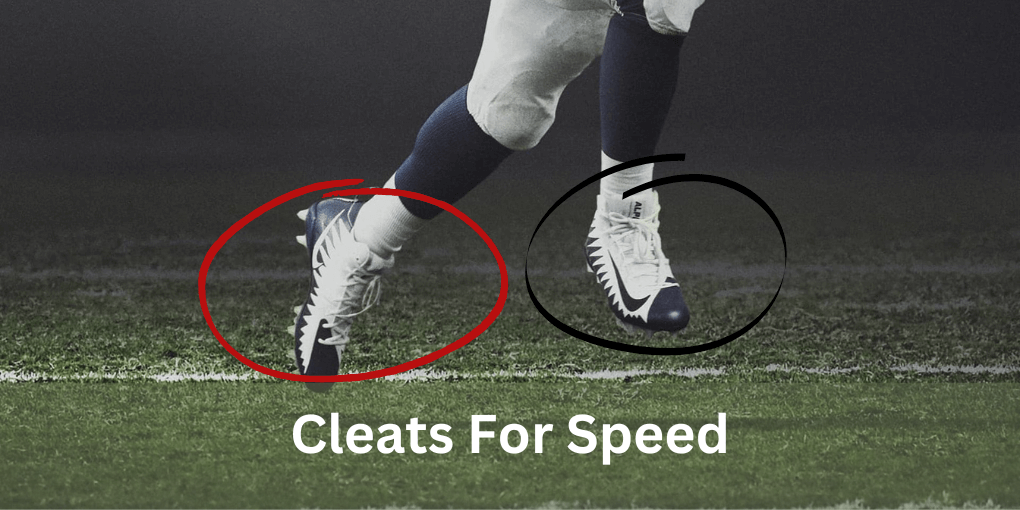
They also have a strong stud pattern for quick acceleration. Because of their visual appeal and elegant profile, these speed-style cleats are very popular on the market.
They are frequently used by the professional soccer league’s iconic forwards.
Cleats for control
Players that want to keep the ball in play should wear control-focused cleats.
The control cleats improve grip on the playing surface while fostering a relaxed and pleasant environment.
Typically made with additional padding for added safety, these soccer boots are suitable for midfielders.
These cleats are often wider to provide the player’s foot with a more comfortable and natural feel.
Control cleats typically have a combination of bladed and rounded studs for agility and traction, depending on the shoe’s shape.
Cleats for better finishing
Soccer cleats, which emphasize agility, are the ideal combination of control and aggressive sprinting.
When playing by passing the ball, it has a clean batting function, a firm grip, and a comfortable feel.
Finishing cleats typically include stud patterns that combine conical and bladed studs for enhanced traction, turning, and pivoting.
Playing Position
Finding soccer cleats that are suitable for your position is essential if you want to participate at your highest level.
For example, midfielders shouldn’t be moving around in goalie cleats.
Cleats for forwards and scorers
A specific soccer cleat that supports them in their aggressive stance on the field is required for forwards.
They should have a clean or striking surface and enough grip for dribbling and tricks.
Striker cleats assist you to make strong contact with the ball and offer the best traction,
It allows you to accelerate more quickly and feel more speed.
They offer tailored uppers as a starting point for greater ball control.
Cleats for wingers
Wingers are recognized for their swiftness and superb skill.
To perform the required technical footwork, they require shoes that offer good traction, touch, and cross-control.
A winger typically wears light shoes with thin uppers and studs. The player may move with great acceleration due to the cleats.
Cleats for center midfielders
For center midfielders to perform at their peak on the field, they require shoes with excellent traction and ball contact.
The midfielders require soccer shoes that allow for strong ball contact.
The shoe must be stable, have a spotless striking surface, and be cozy to wear.
The shoes should also complement the midfielder’s creative and commanding style without placing undue emphasis on technique, agility, or passing abilities.
Cleats for center-backs
A center-back is required to do many different tasks throughout the course of a match.
They need a shoe that provides them with endurance, protection, and control to help with these.
Cleats that make it simple to transfer the ball from the defense, through the middle, and out to the wingers should be worn by soccer center-backs.
Cleats for defenders
Defenders switch between offensive and defensive roles at certain points.
They have a more extensive selection of cleats to match their style.
There are cleats for every situation, including control cleats for accuracy and stability and speed cleats for accelerating.
Cleats for goalkeepers
Goalkeepers have unique footwear requirements. For example, they may require a firm grip to grab the ball, which implies the shoes must also be comfy.
They will not be required to run as much as other players, so don’t be concerned about their shoe weight.
The Materials Used to Make Soccer Cleats
The materials used to make soccer cleats are another distinction between them. There are three types of materials used to make soccer cleats:
K-Leather
Kangaroo leather is known as K-Leather. Kangaroo leather is among the lightest leathers that can be used for shoes, making it perfect for soccer cleats.
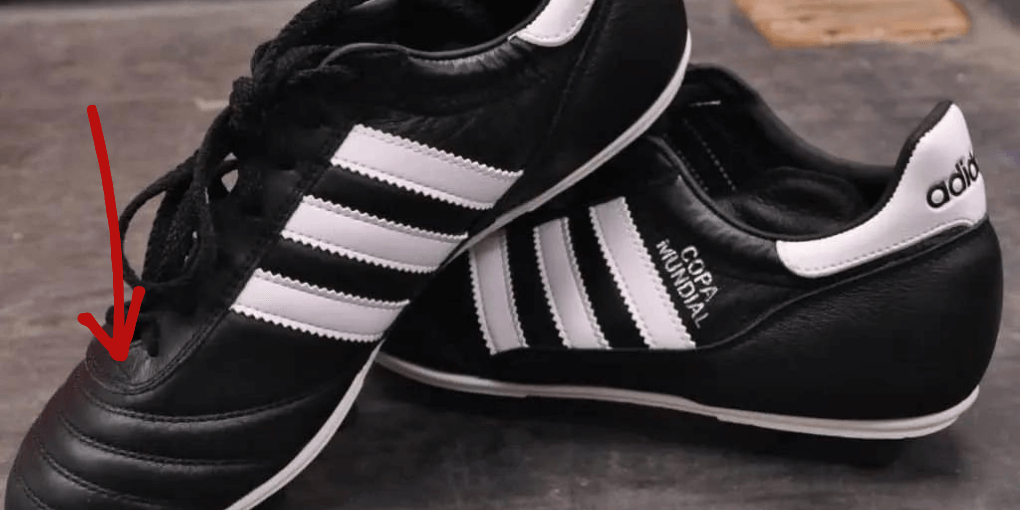
The cleats feel exceptionally comfortable to play in. The leather’s gradual stretching and conforming to the shape of the player’s foot.
Synthetic Materials
The beauty of synthetic materials for soccer cleats is that they get better every year as their underlying technology advances.
The most expensive synthetic cleats have a price to match. But the mid-range models are constantly getting better.
Knit
Knit is a relatively new material for soccer cleats. This material is made from a virtually uninterrupted length of yarn. It is intended to feel practically barefoot-like when worn.
Final Thought
We are currently in the last phase! I hope that after reading how to buy soccer cleats, you have a better grasp of soccer cleats, their purpose, and the various styles. So buy your cleats and enjoy!
FAQs
Consider factors such as the type of surface you'll be playing on (firm ground, soft ground, turf), your playing position, the material of the cleats, and your budget.
It's crucial to try on cleats to ensure a proper fit. Generally, soccer cleats should fit snugly, with a little room at the toe. Refer to the brand's sizing chart for accurate measurements.
The material affects the cleats' performance and durability. Common materials include leather, synthetic materials, and knit uppers. Leather offers comfort and a traditional feel, while synthetic materials may provide lightweight and water-resistant options.
Clean your cleats after each use, removing mud and dirt. Avoid leaving them in direct sunlight or wet conditions. Use a soft brush to gently clean the upper and remove debris from the studs.
The break-in period varies based on the material. Leather cleats may take a few sessions to mold to your feet, while synthetic cleats often require less time. Wear them around the house before using them in a game.

